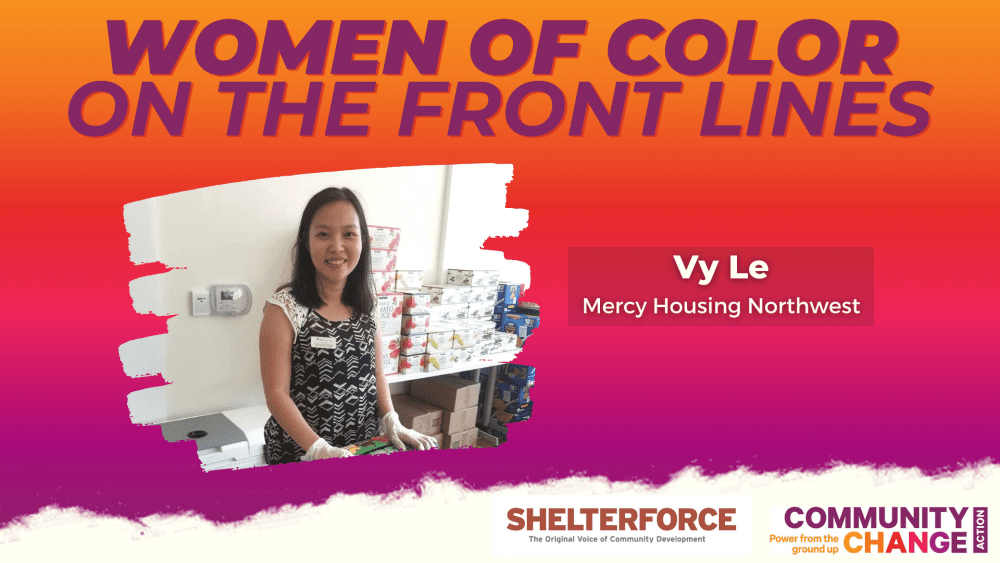
The 6,000 or so federal prisoners that will see a slightly early release in the next year or so have highlighted both the challenges and the potential of post-prison life. Substantive and bipartisan legislation has been introduced by conservative committee chairs in both the Senate and the House. There is momentum and optimism, but much of the progress will have limited impact on those already caught up in the criminal justice system. The housing crisis for this population is perhaps the most challenging.
Federal law and U.S. Department of Housing and Urban Development rules list just a handful of offenses that require a ban from assisted housing. The best known are lifetime registrants on a sex offender registry and those convicted of methamphetamine-related charges while in an assisted unit. Yet the vast majority of those who are turned away by public housing authorities and other providers are denied for other offenses, many of which don’t act as a threat to future neighbors, the property or the larger community.
In 2004, Human Rights Watch released a report suggesting that many housing providers exclude families for reasons well beyond their authority, basing a denial on an arrest. Yet, if the goal is to keep families safe and reduce crime, this is exactly the wrong approach. Research shows that housing, along with other services, reduces recidivism.
To be fair, HUD has tried to address this crisis. In 2011, then-Secretary Shawn Donovan wrote to PHAs about the need to provide second chances. Just last month, HUD instructed housing providers in its clearest and strongest language to date on the need to comply with common-sense rules, including that arrests alone are not a legal basis for an application denial or eviction.
In many ways, it makes sense why PHAs and others exclude just about anyone who has had a brush with the law. There are more than enough applicants for this scarce housing. Just one third of income-eligible applicants actually live in subsidized housing, and it’s worse in expensive markets. PHAs have their options, even if it means that 650,000 individuals leaving prison each year do not. Add in the nearly 11 million who churn through local jails each year (many of whom are never convicted), we see the scale of arbitrary restrictions on housing.
Why does this matter? If we are genuinely concerned about reducing crime, helping ex-prisoners establish stable post-incarceration lives is paramount. Research shows that housing stability reduces crime; other data underscore how unstable housing is for many. In a 2006 study on reentry programs, the Urban Institute found the vast majority of former prisoners returned to their communities, often staying with spouses or significant others. But up to half of this population reported their housing as temporary.
Faced with many challenges in the job market, unstable or temporary housing further limits your ability to get and keep a job. Recently, 22 states and localities have adopted “Ban the Box” laws, which limit some access to criminal records by potential employers. Unstable housing also reduces your ability to develop relationships with your community, which offer the benefit of “social buffers,” which are known to reduce crime, provide role models and organize communities.
And for the one in 28 American children with an incarcerated parent, a temporary home limits the potential for bonding. Research on the impact of an incarcerated parent supports what we all intuitively know—that it has real, detrimental impacts on a child’s well-being, including social and psychological health. These children are also five times more likely to be suspended from school, which significantly impacts their futures.
Perhaps most striking is the loss of income that is the result of incarceration. Household income is considerably lower in the year after an incarcerated parent returns, as compared to the year before. By age 48, the typical person that had been incarcerated has lost $179,000 in earned income, which is approximately the median sales price of a single-family home in the Midwestern United States.
When the federal government announced its plan to release 6,000 prisoners a few years early, the cry from certain circles was as expected. Thankfully, it appears that sentencing reform, while imperfect, may survive the hysteria. Comprehensively ending unnecessary incarcerations, reducing sentences and offering alternatives to prison are not just good for the individual. They are investments in all of us, in children and in communities. And these are irreplaceable assets on which we can all build.
(Photo credit: Bradley Gordon, via flickr, CC BY 2.0)





Comments